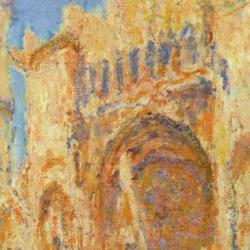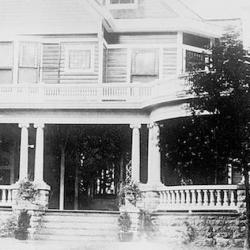Justin McGuirk argues in his Radical Cities that Latin American was the site of the “greatest experiments in urban living of the twentieth century. Latin America, let us not forget, experienced mass urbanisation long before China and Africa, which today produce almost panic-inducing statistics of urban population growth. In the 1950s and 60s the equivalent statistics were coming out of Brazil, Mexico, Venezuela and Argentina.” While the rest of the world was moving toward 50% urban, “many countries in Latin America have had 80 per cent urbanisation for decades.”
McGuirk gives us a history of urban planning and architecture from an unusual angle, from the “below” rather than from “above,” from Latin America rather than from Bauhaus and Vienna. It’s an illuminating perspective.
Latin America, with its strongman authoritarian regimes, was also the site of massive experiments in urban planning, which continued in Latin America after they had been abandoned elsewhere: “The architecture historian Charles Jencks famously pinpointed the demolition of Pruitt-Igoe in 1972 as the end of modernism. This was not quite the case in Latin America, where ambitious social housing projects continued to be built until the end of the decade, often by military dictatorships who used them to reward their support bases.”
Modernist architects aimed to use their technical and artistic skills to better the lives of the poor. Ultimately, Latin American leaders abandoned the effort. After a study of Lima’s barriadas, the English architect John Turner concluded in 1963 that “‘No government – however wealthy, as the Venezuelan superblock project shows – can possibly finance more than a small proportion of the total demand for housing.’” For Turner, “slums were not the problem, they were the solution.” Cities don’t need planners and architects.
The failure of grand modernist planning led not only to shifts in the nature of urbanization but to a fundamental shift in the aspirations of architecture. Architects had “lost their social purpose” and so began to pursue an architecture of pure aesthetics, one that no longer aimed to serve the poor but in practice became aesthetes of the superrich: “The housing blocks that had accompanied industrialisation gave way to the office towers that heralded the service economy. Modernism gave way to postmodernism, and the transparent glass of rationalism became the impenetrable mirrors of a new corporate culture. The avant-garde – namely those too young or too academic to have surfed the PoMo office and hotel boom – withdrew into experimenting with architecture as an autonomous art form, informed by deconstructivist philosophy and complex geometry. Continue zooming through time and you’ll see the development of computer-aided drawing software and a resurgent global economy on converging tracks until – voilà! – the ‘starchitect’ is born.” Museums became the “pinnacle of architectural ambition”: “Call it ‘the Bilbao effect’ or what you will, the museum as a tool of urban regeneration, not to mention urban branding, becomes the focus of architectural discourse.”















